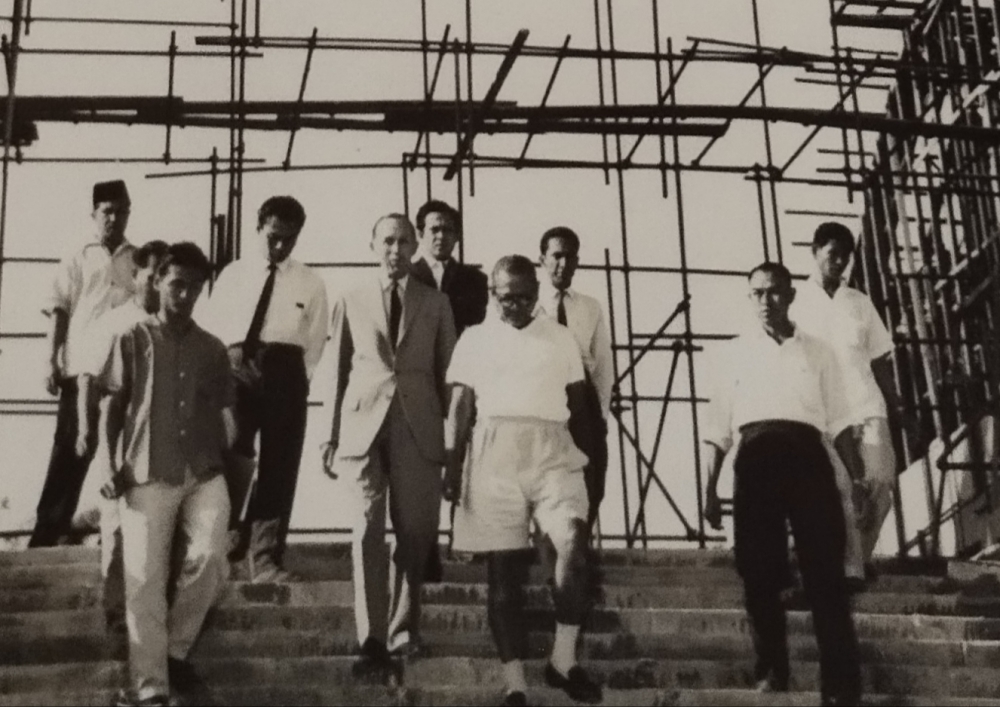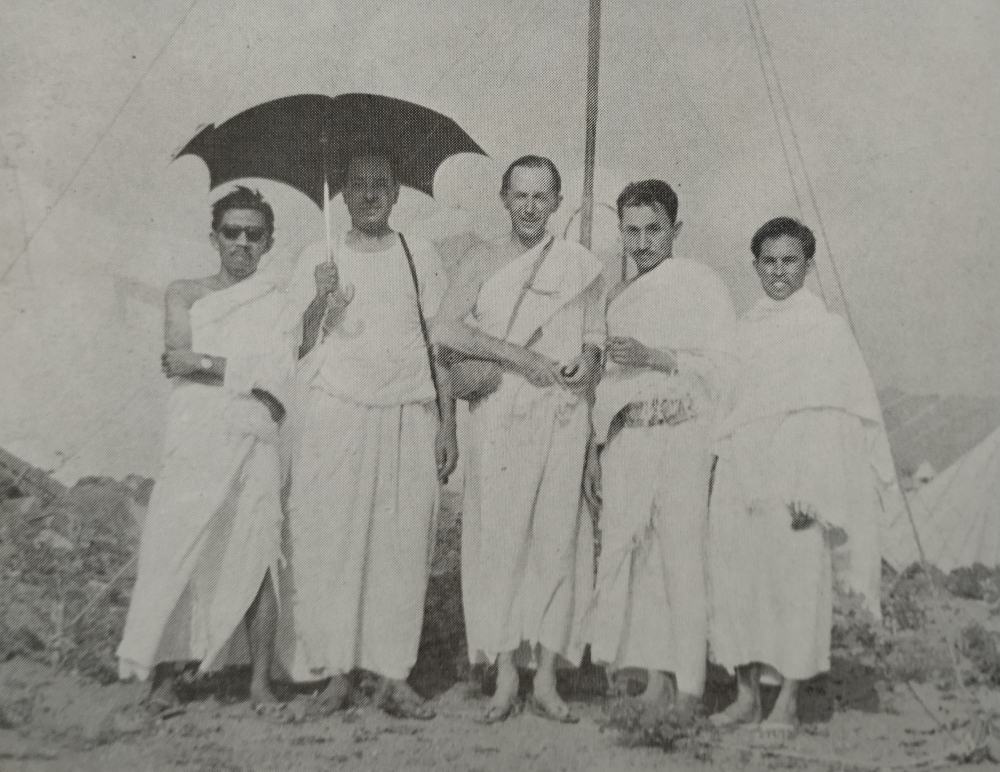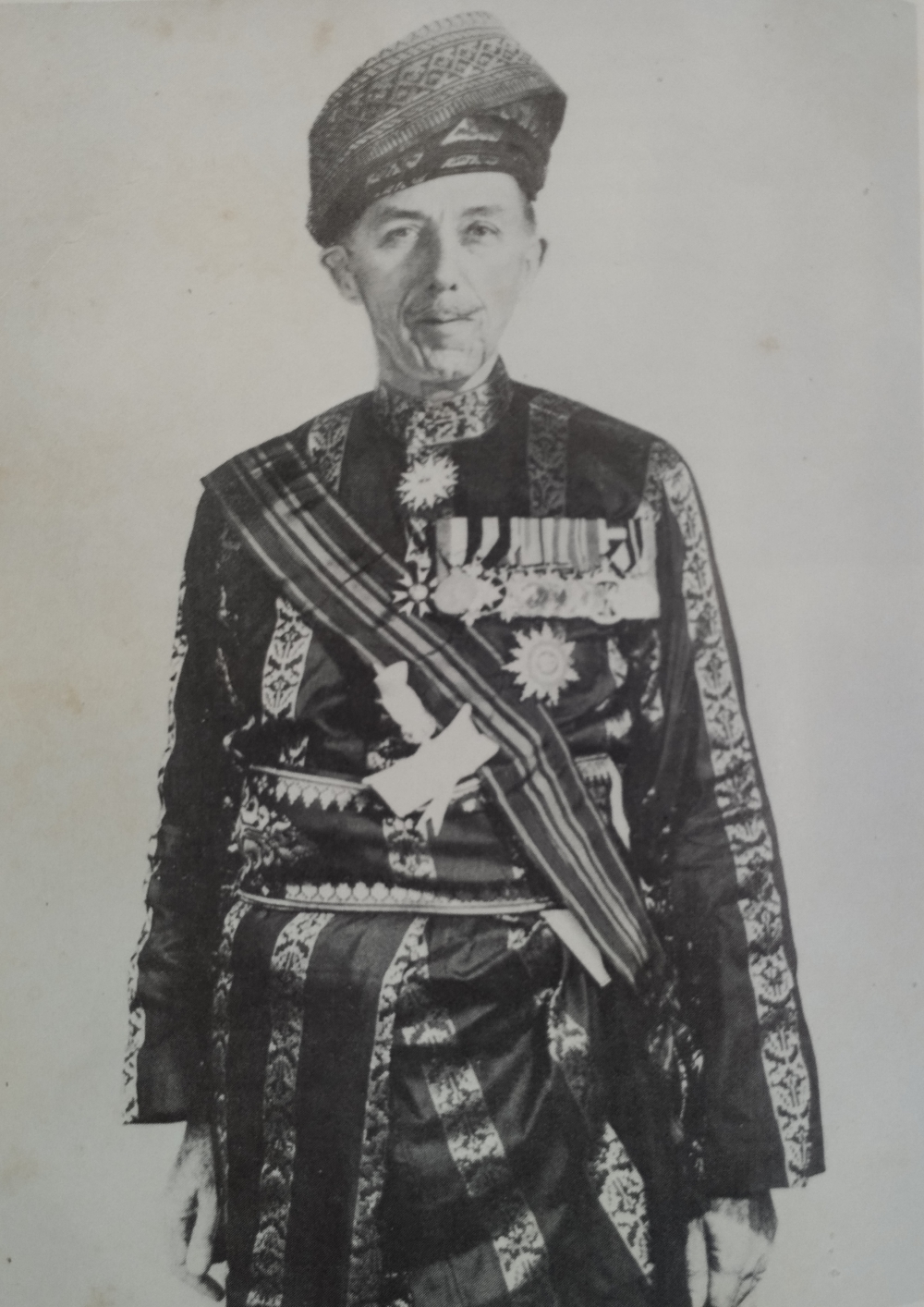Abdul Mubin Sheppard, the Irishman who gave his heart to Malaya
KUALA LUMPUR, June 29 — In January, 1928, a young Irishman named Mervyn Cecil ffrank Sheppard – the eldest of three children, including a twin brother – stepped off a slow train at Mentakab station, carrying just a long metal uniform case and a saddle.
Born on June 21, 1905, in Ireland, the Cambridge graduate had passed his civil service examination in London the previous year before beginning what would become a decades-long love affair with Malaya.
First steps in Malaya
As recorded in his memoir Taman Budiman: Memoirs of an Unorthodox Civil Servant, Sheppard’s introduction to Malaya was a humble one.
A Malay clerk greeted him with an old Model T Ford taxi for the six-mile journey to Temerloh, Pahang.
His first home was “a low L-shaped timber bungalow, stained black, standing on a low ridge facing towards the Pahang river.”
During his first remarkable decade in the Malayan Civil Service, Sheppard immersed himself completely in rural life, finding Malay culture “fascinating and challenging.”
He later wrote: “During those early impressionable years, I had spoken no language except Malay for months,” traveling by foot and riverboat across Pahang’s vast jungles.
Building schools from scratch
Sheppard quickly noticed rural children lacked education. In Slim, he found 30 illiterate children whose parents – mostly rubber smallholders – were willing to pay 50 cents monthly for schooling.
“Local carpenters had put up the school building and had made some rough benches,” he recorded. The opening ceremony featured “home-made rice cakes and coconut milk.”
This success inspired other villages to build their own schools using jungle timber and attap leaves.
A different kind of civil servant
Sheppard often challenged unfair systems. When a clerk presented a non-Malay candidate for an office boy position, he shocked the secretariat by insisting on Malay candidates.
“I called the three Malays who stood highest on the office waiting list and appointed the best of them,” he wrote.
This earned him the nickname “Malay-mad” from European colleagues, but deep respect from locals.
A Malay officer’s letter read: “I must thank you most sincerely for what you are doing for the Malays... In you, we hope, we have one of the best.”
During his career, he served in various parts of Malaya, including Negeri Sembilan, Klang, Kelantan, Taiping, and Kuala Lumpur — where he notably held the post of Acting British Adviser to the Menteri Besar.
War and captivity
During World War II, Sheppard served actively as Company Commander in the Federated Malay States Volunteer Force from December 8, 1941 until his capture on February 15, 1942.
He endured three years as a prisoner of war before resuming service in 1946 as Malaya’s first Director of Public Relations.

Playing a part in Independence
As Malaya moved toward independence, Sheppard took crucial roles.
In 1958, he became the first Keeper of Public Records (now the National Archives of Malaysia), describing his “air-conditioned office” in the Prime Minister’s Department as “the first in my whole career”.
That same year, he made history by obtaining Malayan citizenship through an “unexpectedly simple” process under Article 17 of the Federal Constitution.
He was also the founding director of Muzium Negara, which he built from the ground up alongside Singapore-based architect Ho Kok Hoe, following a directive from Malaysia’s first prime minister, Tunku Abdul Rahman Putra Al-Haj.
Today, Muzium Negara stands not only as a cultural institution but also as a lasting architectural symbol of post-Merdeka Malaysia – its iconic Minangkabau-inspired roofline, intricate carvings, and gleaming glass mosaic murals continue to draw hundreds of thousands of visitors annually.
The museum’s enduring appeal reflects Sheppard’s deep respect for Malay heritage and his commitment to authenticity – a vision shaped in close partnership with Ho and guided by Tunku Abdul Rahman’s hope for a national institution rooted in local identity.
A new faith, a new name
In 1960, answering what he called “seruan (the call),” Sheppard performed the Haj pilgrimage.
He embraced Islam as Abdul Mubin – choosing a name phonetically similar to his Irish name Mervyn, with “Mubin” meaning “clear” in Arabic.

Retirement and legacy
After retiring from government service in 1963, Sheppard remained active in public life.
He served as Editor of the Malaysian Branch of the Royal Asiatic Society and Secretary General of All Malaysia Muslim Welfare Association from 1960 to 1964.
His Petaling Jaya home became a base for writing acclaimed works like The Malay Regiment 1933-1947 and The Adventure of Hang Tuah.
When he died on September 12, 1994 at the Subang Jaya Medical Centre, Malaysia honoured him with a military funeral at Jalan Ampang Muslim Cemetery.

Former Lord President Tun Mohamed Suffian remembered him as “not merely a public servant who followed orders; he was always ready to take the initiative to overcome challenges beyond his official duties, doing so with conviction, energy, and compassion”.
As Sheppard once wrote: “I was content to make my home in Malaya”.
His gravestone bearing the name Abdul Mubin Sheppard stands as a permanent testament to an Irish boy who became, in every meaningful way, a true son of Malaysia.
Get Insurance Now



